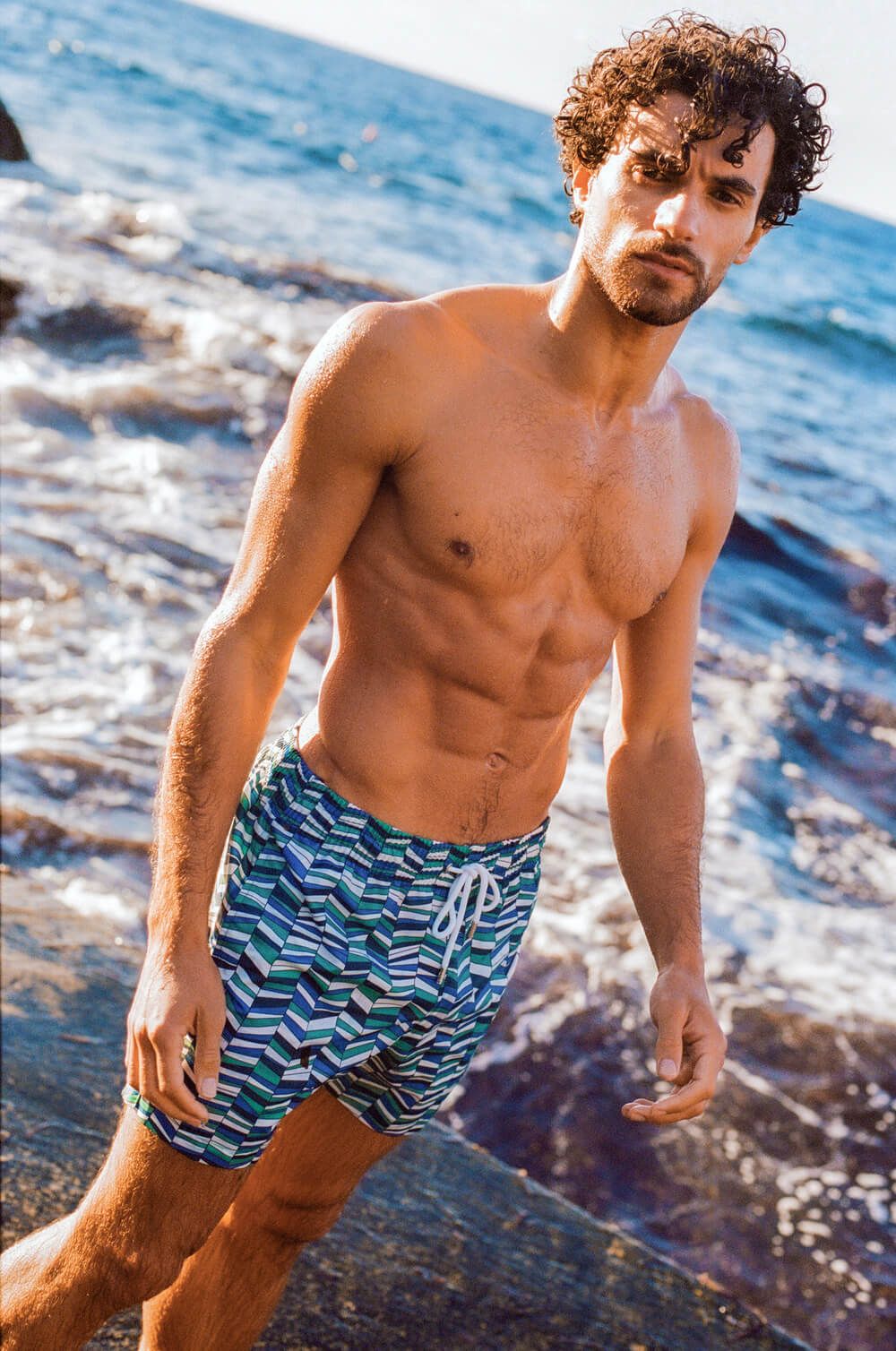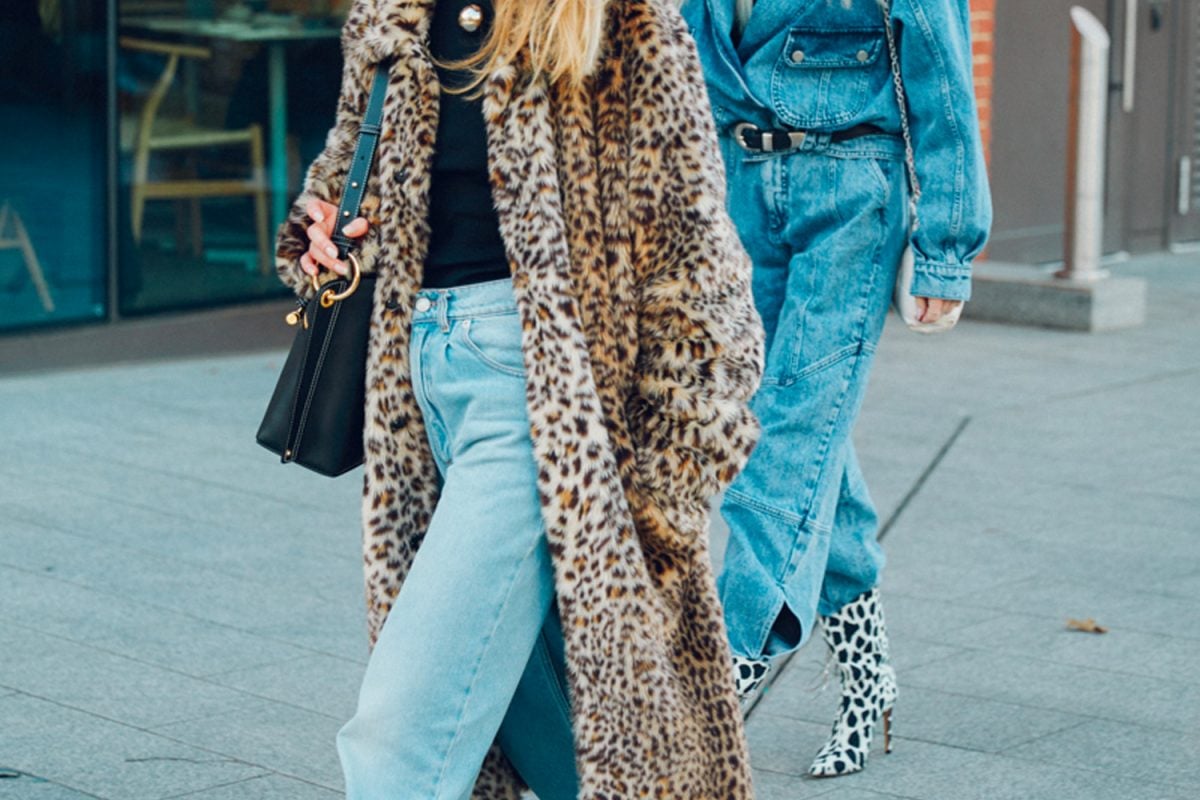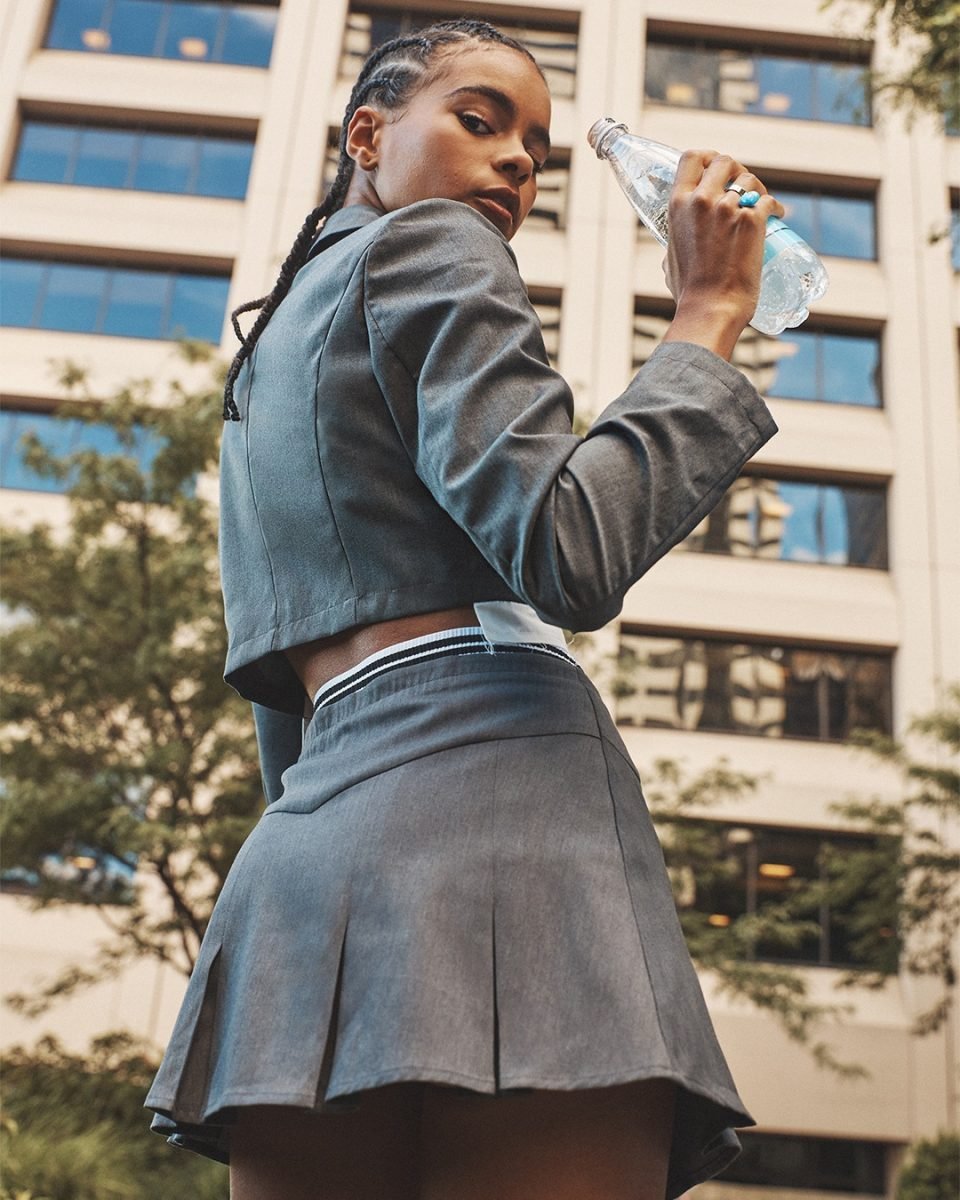
How Cider is Dethroning the Fast Fashion Giant Shein?
This publication is also available in: Français
English (UK)
Deutsch
Italiano
Español
As fast fashion brands are being criticized lately, and awareness is growing regarding the damages of this industry, a new brand has achieved the unthinkable: dethroning the giant Shein. With a marketing strategy supported by T&Cs and greenwashing, discover how Cider has established itself as the new powerhouse of ultra-fast fashion.
Cider’s Arrival in France, the #1 Online Fast Fashion Brand
The online brand Cider was designed to offer pieces and looks to the Generation Z. Modeled after other fast fashion brands, it consistently offers new pieces at low prices, riding the wave of current trends, such as the Y2K style we recently dissected.
However, the brand distinguishes itself from others by focusing on more varied models, better suited to its target audience, and especially by highlighting moods and aesthetics worthy of Pinterest. Cottagecore, dreamy, cute vibes… Buyers can navigate through various categories and create total looks reminiscent of those worn by their favorite Instagram influencers and stars. The brand gained notoriety, particularly due to the replica of a Versace dress worn by actress Christa Allen in a TikTok referencing the movie 13 Going on 30. A video that had a bombshell effect and propelled the name Cider into Vogue. A decisive PR move!
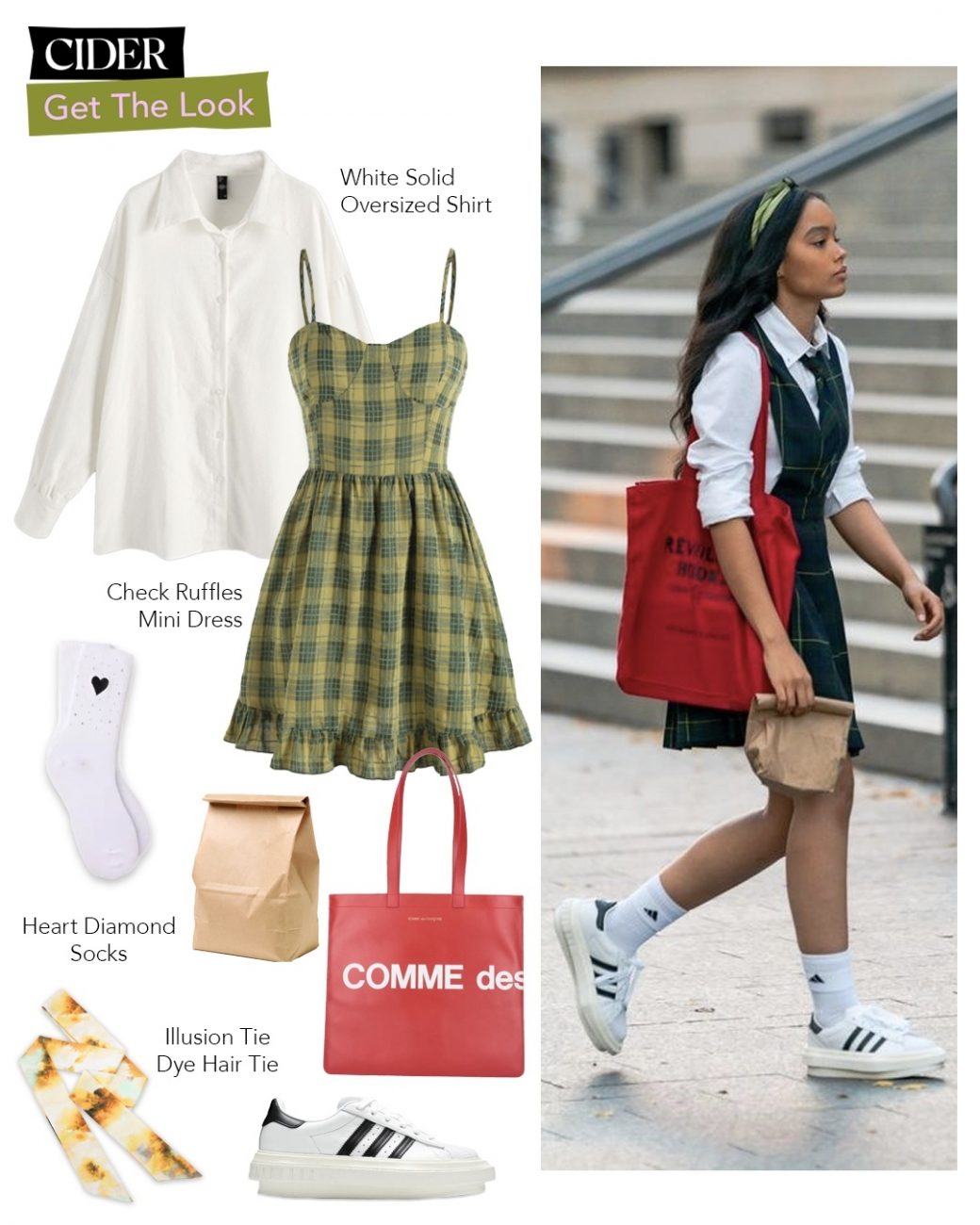
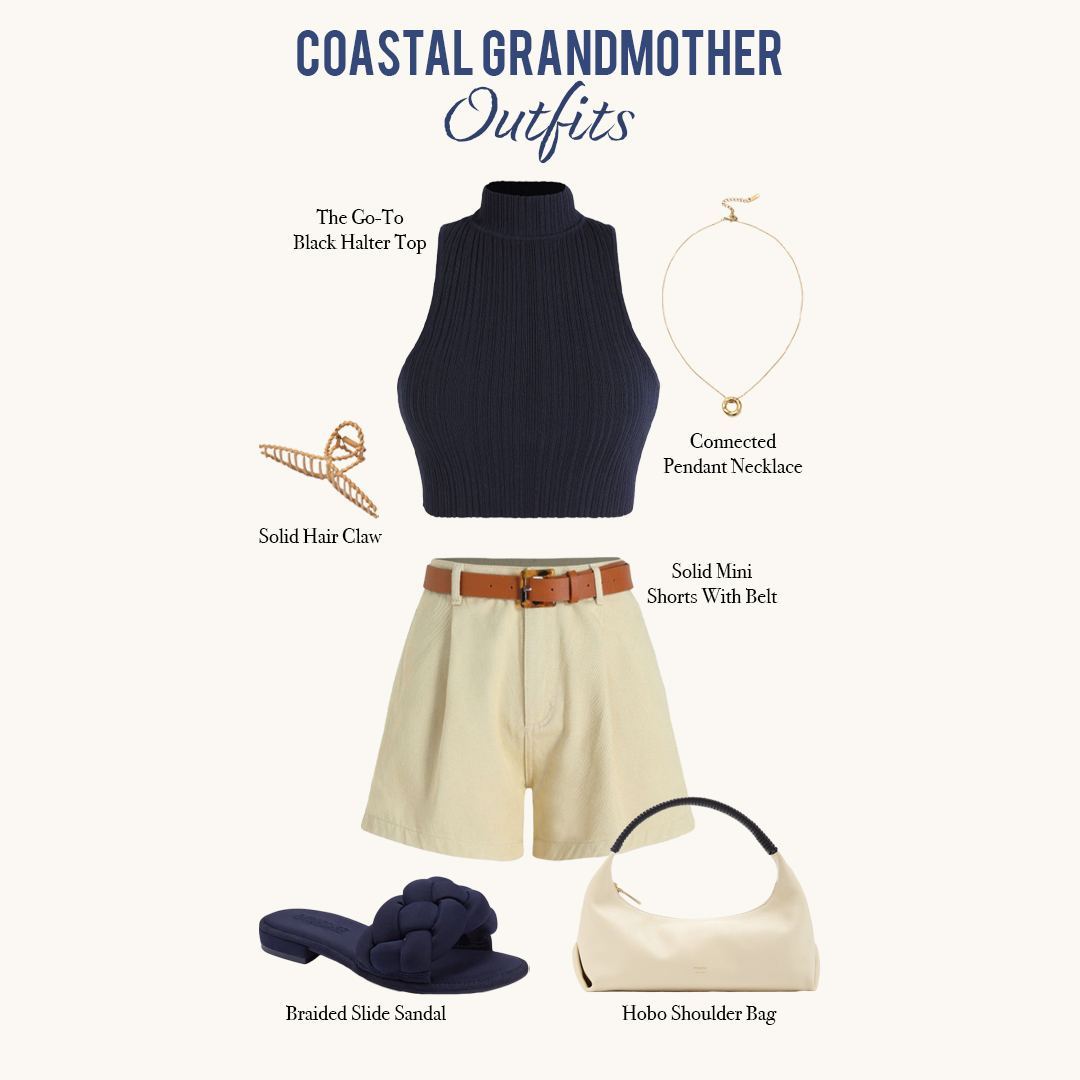
The brand, backed by investors such as A16z, DTS Global (which invested in TikTok), and MSA Capital, saw its valuation exceed one billion dollars in the fall of 2021, experiencing a growth of 1,686% between 2021 and 2022.
Cider’s success can largely be attributed to the use of data to enhance user experience. By studying customer behavior, the brand tailors its offerings to include pieces that appeal to them, encouraging purchases and fostering customer loyalty. The brand aims for more precise inventory management to only offer pieces that will sell.
Following this trend, the brand is now entering France, 10 years after Shein, to capture a new market share.
How is the Customer at the Center of Cider’s Marketing Strategy?
Where Cider has managed to stand out is through its marketing strategy. Targeting a young audience that is highly active on social media, the new fast fashion brand has skillfully navigated new communication channels.
Created in the context of Covid, the brand benefited from lockdowns and the increased use of social networks to grow its audience and convert new customers. Indeed, if the brand has become popular so quickly, it is largely due to the showcase effect TikTok has had for it.
With the trend of haul and try-on videos, Cider has leveraged T&Cs and free advertising, propelling it to the status it currently holds as a major force in fast fashion. Created years ago, initially through written content and photos on blogs, then YouTube videos showcasing purchases, try-on videos are now one of the most active trends on social media.
Thus, thousands of buyers have shared Cider hauls, referenced under the tag #FashionTok. Presenting worn pieces, creating looks, or sharing reviews on Cider, these videos help boost the brand’s visibility on one of the most influential communication channels for its target audience, namely Generation Z.
Why is Community Spirit Indispensable to Cider’s Success?
The pre-made aesthetics and moods of Cider’s collections allow buyers to easily identify with a fashion niche and effectively reference and tag their photos on social media. This idea of community, dubbed the #CiderGang, is essential to Cider’s marketing strategy and makes all the difference compared to other industry giants.

The brand encourages its buyers to communicate about their pieces on social media, offering duets on TikTok, highlighting them in campaigns, or even producing requested pieces as mentioned on their website. Providing visibility to their buyers (in search of followers) in exchange for T&Cs from them is a well-thought-out and fruitful system for the brand.
Is Cider Ethical or Does it Engage in Greenwashing?
Consumers today find themselves in a dilemma when it comes to purchasing new pieces. That is: frequently buying trendy new pieces at low prices from brands with irresponsible production practices. Or, prioritizing brands with timeless pieces, a bit more expensive, but designed in an eco-friendly and ethical manner?
With the awakening of consciousness about the current state of the world, and the urgency to change habits, former fast fashion consumers have reassessed their consumption patterns to align more with their values. This has become a new parameter for brands to consider to avoid losing their edge. And Cider has understood this well, finding a solution to alleviate the guilt of its buyers and keep them.
The reality of Cider is the same as that of Shein and all other fast fashion brands, including Boohoo, Pretty Little Things, and Zara. To allow for the constant renewal of collections, with thousands of pieces at low prices and extremely fast deliveries… There are no multiple solutions; at least, there are no eco-responsible and ethical solutions.
It goes without saying that the Cider brand outsources the production of its pieces abroad, under conditions that can be imagined to be deplorable, with standards not respected and toxic products applied to pieces that are anything but organic cotton. In summary, the typical production system of the fast fashion industry which has been at the heart of debates in recent years.
Smart Fashion According to Cider
Cider does not hide from this reality but instead balances it with the band-aid of zero waste and smart fashion. The brand claims to apply a system usually associated with responsible fashion, namely pre-ordering. Cider thus only launches production of ordered pieces, to avoid having unsold stock and better manage their waste footprint. The brand states it is not 100% zero waste but takes action to reduce its environmental impact.
Additionally, the brand justifies its low prices by this order-based production system, avoiding budgeting for potential losses. It calls this principle smart fashion, emphasizing it in bold on its about page. A delicate term that gives the illusion of responsible fashion and careful planning. While the low cost comes much more from outsourcing to factories where working conditions defy legality.
However, by highlighting these initiatives, consumers feel they are purchasing more ethically at Cider, even though the production of their pieces is just as deplorable as that of other fast fashion brands.
Although awareness is evolving, brands innovate by exploiting the “weak points” of consumers to entice them with beautiful rhetoric and promises, all sprinkled with greenwashing. Read between the lines, and prioritize responsible brands that may be pricier, but one of their t-shirts will last as long as five bought from fast fashion…
